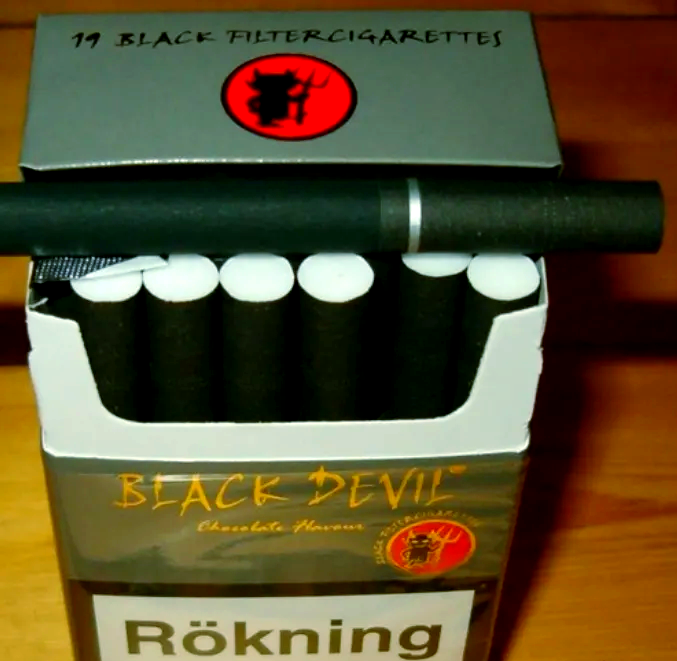How Smoking Exacerbates Nail Cracking and Brittleness
The detrimental effects of smoking on pulmonary and cardiovascular health are widely documented and recognized. However, a less explored but equally significant consequence lies in its impact on integumentary health, particularly the condition of our nails. The correlation between smoking and worsened nail integrity is a compelling subject that intertwines systemic toxicity with localized damage. This article delves into the multifaceted ways in which chronic smoking directly deepens the severity of nail cracks, transforming minor brittleness into a persistent and painful problem.
The Nail's Structure and Natural Vulnerability
To understand how smoking inflicts damage, one must first appreciate the basic anatomy of a nail. Nails are composed primarily of keratin, a tough protective protein. Their health depends on a steady supply of nutrients, oxygen, and moisture delivered via the nail bed's extensive network of tiny blood vessels (capillaries). Any disruption to this delivery system compromises the nail's structural integrity, leading to dryness, brittleness, and a predisposition to cracking, splitting, and peeling.
The Direct Assault: How Smoking Damages Nails
Smoking wreaks havoc on nail health through several concurrent physiological pathways.
1. Vasoconstriction and Impaired Blood Flow
Nicotine, the primary addictive substance in tobacco, is a potent vasoconstrictor. It causes the small blood vessels throughout the body, including those in the fingertips and nail beds, to narrow and constrict. This chronic reduction in peripheral circulation has two critical effects:
- Oxygen and Nutrient Deprivation: The keratin-producing cells in the nail matrix (the root of the nail) are highly metabolically active. They require a rich, constant supply of oxygen and vitamins—like biotin, Vitamin C, and Vitamin B12—to produce strong, resilient keratin. Reduced blood flow starves these cells, leading to the production of weaker, poorer quality nail plates that are inherently more fragile.
- Waste Accumulation: Constricted blood flow also impedes the efficient removal of metabolic waste products from the nail area. This buildup can further toxicify the local environment and weaken nail structure.
2. Toxin Exposure and Chemical Degradation
Cigarette smoke contains over 7,000 chemicals, including hundreds that are toxic and about 70 known carcinogens. Two of the most damaging for nails are:
- Tar: This sticky residue doesn't just stain fingers and nails yellow or brown. It can also directly coat the nail plate, sealing it off and preventing it from absorbing ambient moisture. This leads to extreme dryness and brittleness.
- Carbon Monoxide: This gas has a far greater affinity for hemoglobin than oxygen does. When inhaled, it binds to red blood cells, displacing oxygen and creating a state of systemic hypoxia. For the nail matrix, this means even less oxygen is available for healthy keratin synthesis, exacerbating the problem caused by vasoconstriction.
3. Nutritional Depletion
Smoking is notorious for depleting the body's stores of essential vitamins and antioxidants. It significantly lowers levels of Vitamin C, which is crucial for collagen formation—a key component of healthy nail beds. It also interferes with the absorption and metabolism of other vital nutrients like Vitamin D, calcium, and selenium, all of which play a role in maintaining strong nails. A smoker's body is therefore fighting a nutritional deficit, diverting scarce resources away from non-essential functions like nail growth toward vital organs.
4. Thermal and Physical Trauma
The simple act of holding and lighting a cigarette repeatedly exposes the fingernails—particularly the thumb and forefinger—to two direct forms of damage:
- Dry Heat: The proximity to the burning ember dries out the keratin, leaching it of its natural moisture.
- Direct Burns: Minor singeing or burns can create micro-fractures in the nail plate, which then become initiation points for deeper cracks.
The Vicious Cycle: From Brittleness to Severe Cracking
For a non-smoker, a minor nail crack might be a temporary annoyance. For a smoker, it can become a severe and chronic issue. The mechanisms described above create a perfect storm:

- Internally, the nail is grown weak, brittle, and dry due to poor circulation, hypoxia, and malnutrition.
- Externally, the nail is stained, dried out further by tar, and physically weakened by heat.
This combination means that when trauma occurs—be it typing, gardening, or simple everyday knocks—the nail lacks the flexibility and strength to withstand it. Instead of a small chip, it results in a deep, vertical crack (onychoschizia) that can painfully snag on things or even split horizontally, sometimes down into the sensitive nail bed. Healing is also impaired due to poor blood flow, meaning these severe cracks take considerably longer to grow out, during which time they are susceptible to worsening and infection.
Beyond Aesthetics: The Hidden Dangers
Severely cracked nails are not just a cosmetic issue. They can be genuinely debilitating. Deep cracks can be painful and can act as entry points for fungi (Onychomycosis) and bacteria, leading to infections that are, again, harder to treat due to reduced blood flow delivering immune cells and medications to the area.
Conclusion: Quitting as the Ultimate Treatment
While moisturizers, biotin supplements, and protective nail hardeners can offer minor symptomatic relief, they are merely treating the symptoms of a problem fueled by a systemic habit. The most effective, definitive treatment to halt and reverse the deepening severity of nail cracks is to quit smoking. Upon cessation, circulation begins to improve within weeks, nutrient absorption normalizes, and the body can finally divert resources to repairing structures like nails. Over subsequent months, as new, healthier nail grows in from the matrix, the difference in strength, texture, and resilience becomes visibly apparent, marking a clear sign of the body's recovery from the inside out.
Tags: Smoking Effects, Nail Health, Brittle Nails, Onychoschizia, Nicotine Vasoconstriction, Integumentary System










